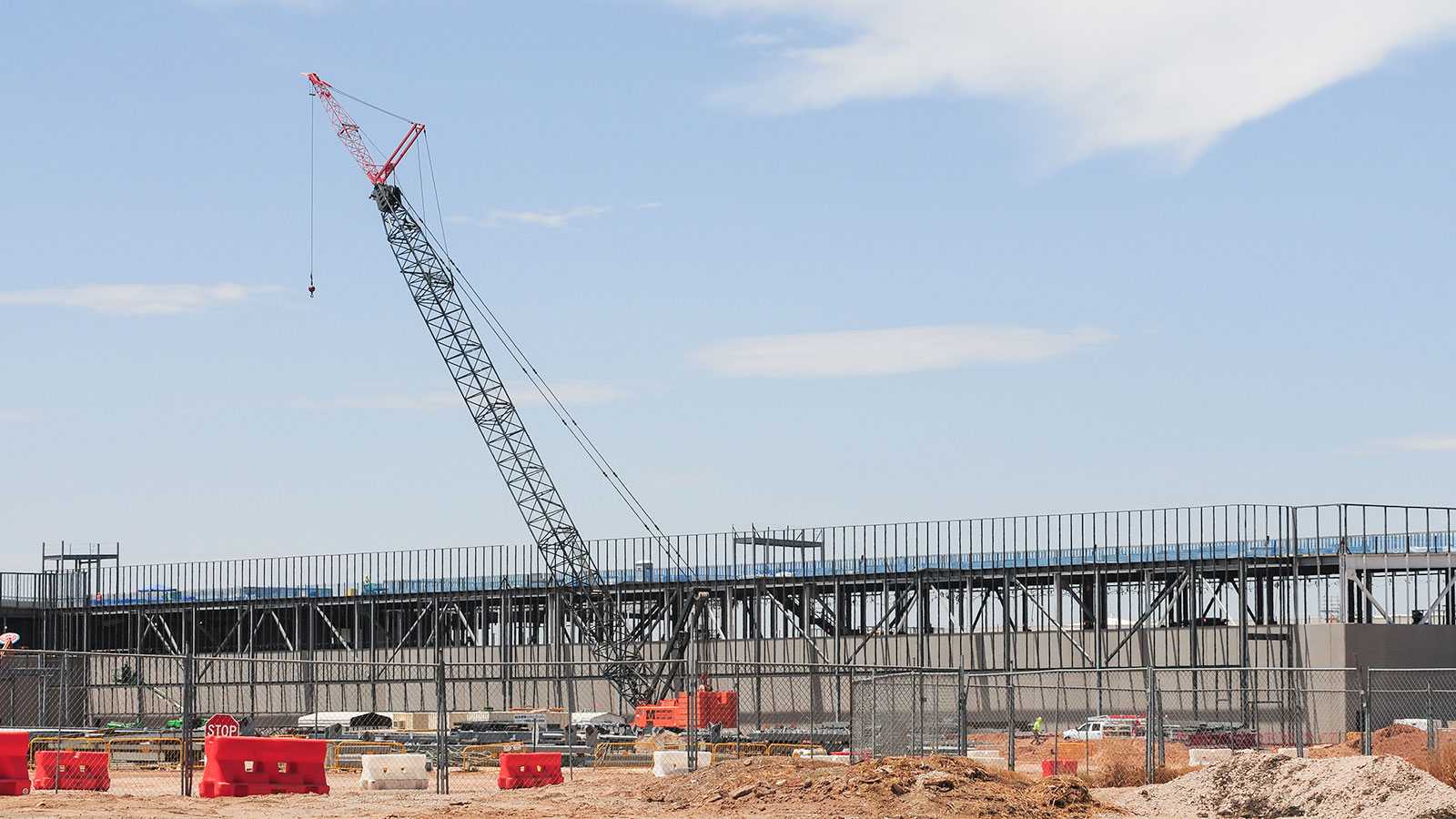Luisa Mostarda, Energy Consultant at Savills Earth, unpacks the proposed transmission connections queue reforms by National Grid ESO and what impact they may have on data centre developments in the UK.
It’s no secret that the UK grid is overwhelmed, oversubscribed and outdated. The grid has not developed in line with our need for more electricity, evolving technologies and drive towards renewable energy infrastructure. As a result, the queue to connect has become unfit for purpose. ESO has planned reforms to weed out untenable projects and speed up the viable, which will be relevant to anyone bringing forward a data centre project, amongst others.
How long is the queue?
According to ESO, since October 2022, the transmission connections queue has grown by more than 275 GW, at an average of over 20 GW a month for the last 12 months. The distribution connections queue has also continued to grow and, at the current rate of growth, the total queue (across transmission and distribution) is likely to exceed 800 GW by the end of 2024. This is over four times the installed capacity we anticipate needing by 2050, and could leave some plans in the queue for over 10 years.
So, what’s the plan?
The previous ‘First Ready, First Connected’ reforms, better known as ‘TMO4’, only applied to new connection applications and significant modification applications received from January 2025 onwards. The consultation for the new plan closed on 6 August and currently aims to address the entirety of the queue, categorising the applications into two queues referred to as ‘Gate 1’ and ‘Gate 2’. This new process will be referred to as ‘TMO4+’. The reforms will not impact small scale demand projects, but will impact generation projects and large scale demand customers looking to connect to the transmission network.
How will it work?
‘Gate 1’ represents the initial offer and transmission queue. At this point, the offer would lack specifics such as an application’s queue position. Applications would only be possible once a year, with the first window likely open from January 2025 until mid-February 2025. If this window is missed, a project would have to wait until January 2026.
To enter the firmer ‘Gate 2’ queue, a project must demonstrate that it meets more specific criteria. This includes acquiring land through ownership, lease or a fixed option (valid for at least three years). The new reform pertaining to ‘Gate 2’ states that once a project has obtained its position, it is committed to submitting a planning application within a specific time frame based on the type of application, with failure to do so risking project termination. There will be four opportunities per year to submit ‘Gate 2’ criteria information.
How about timing?
The first ‘Gate 2’ window is not likely to open until July 2025, however ‘Gate 1’ offers have started to be issued for every project submitted after 6th August 2024. This means a project submitted now, even if it already has land and planning approval, is unlikely to enter the ‘Gate 2’ queue before July 2025. The requirements at ‘Gate 1’ are still under discussion, but it is worth noting that a project can remain in the ‘Gate 1’ queue for up to three years.
Will it help clear the application backlog?
The proposed reforms will help reduce the queue, as currently many projects without land are progressing to the point where they are holding it up; these are often referred to as ‘zombie projects.’ The proposed new process will deprioritise these projects, allowing the more mature ones to progress. ESO predicts that the reforms will halve the transmission queue – however, whether this will actually happen remains to be seen.
How does this impact data centre developments?
This new reform effectively makes procuring power more onerous. The previous one-stage, one-offer process has been replaced with a more rigid two-step process that aligns with land and planning milestones, integrating them with the power connection process. Consequently, developers will need to undertake more upfront work before starting the connection application process to ensure that their sites are suitable for processing at the required rate to obtain connections, and importantly, to maintain them.


